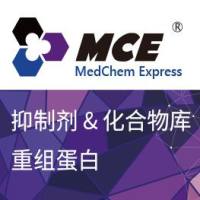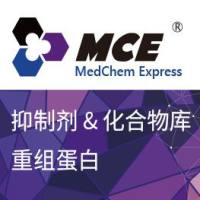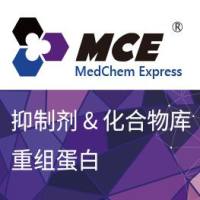Superantigens: Structure, Function, and Diversity
互联网
815
Bacterial superantigens are potent T-cell stimulatory protein molecules produced by Staphylococcus aureus and Streptococcus pyogenes 1. Their function in the microbe appears primarily to debilitate the host sufficiently through their effects on cells of the immune system to permit the causation of disease (2 ). Their superantigenic activity can be attributed to their ability to bind to both major histocompatibility complex (MHC) class II molecules and T cell receptors by forming a trimolecular complex (1 ). Unlike conventional antigens they are not processed internally by antigen presenting cells (APC), and are thus not displayed as peptide antigen in the peptide-binding groove of the MHC class II molecule. Superantigens bind to APCs on the outside of MHC class II molecule and to T cells via the external face of the T-cell receptor (TCR) Vβ element (see Fig. 1 ). Each superantigen interacts with a specific Vβ region of the TCR, stimulating a large fraction of T cells (for example, up to 10% of resting T cells) (3 ).









